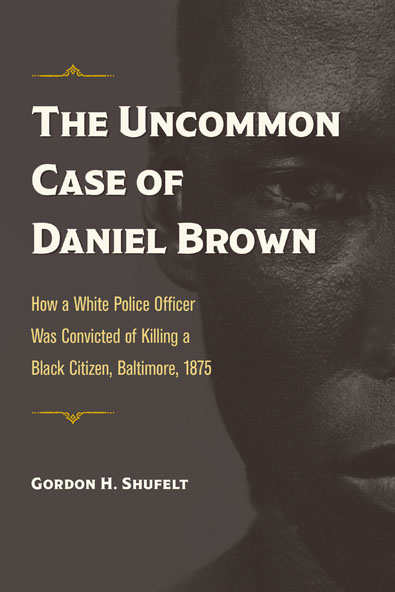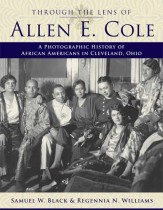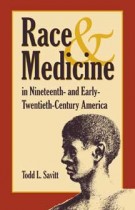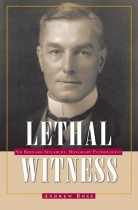The Uncommon Case of Daniel Brown
How a White Police Officer Was Convicted of Killing a Black Citizen, Baltimore, 1875
African American Studies, Audiobooks, Discover Black History, True Crime, True Crime HistoryGordon H. Shufelt
In 1875, an Irish-born Baltimore policeman, Patrick McDonald, entered the home of Daniel Brown, an African American laborer, and clubbed and shot Brown, who died within an hour of the attack. In similar cases at the time, authorities routinely exonerated Maryland law enforcement officers who killed African Americans, usually without serious inquiries into the underlying facts. But in this case, Baltimore’s white community chose a different path. A coroner’s jury declined to attribute the killing to an accident or self-defense, the state’s attorney indicted McDonald and brought him to trial, and a criminal court jury convicted McDonald of manslaughter.
This work demonstrates, in a poignant and powerful way, that many of the issues surrounding the Black Lives Matter movement today have been with us for a very long time; as we might expect, such problems are reflected in this story of 19th-century Baltimore. But what can we learn from the unusual outcome of this case?
Both Brown and McDonald represented factions in conflict during a period of social upheaval and left home to escape dire conditions, yet trouble followed both to Baltimore. While the conviction of McDonald was unique, it was not a racially enlightened moment in policing. The killing of Brown was viewed by white citizens not as racial injustice but as police violence spreading to their neighborhood. The clubbing and shooting of an unarmed black man only a block away from the wealthy residences of Park Avenue represented a breakdown in social order—Jim Crow in Baltimore was not in danger.
Prior to 1867, a Maryland statute had barred African Americans from testifying against whites in proceedings before police magistrates or in any of the state’s courts. During the trial of McDonald, the press described the Baltimore police as “blue coated ruffians,” and there was a general distrust of the police force by both blacks and whites. Brown’s wife, Keziah, was able to give damning testimony of McDonald’s actions. The jury could not agree on verdicts of first- or second-degree murder, and after an attempt to reach a compromise verdict of second-degree murder failed, the majority acquiesced to the manslaughter verdict.
The Uncommon Case of Daniel Brown adds to the historiography of policing and criminal justice by demonstrating the pivotal role of the coroner’s inquest in such cases. Gordon H. Shufelt illustrates further the importance of social ties and political divisions when a community addresses an episode of police violence.





